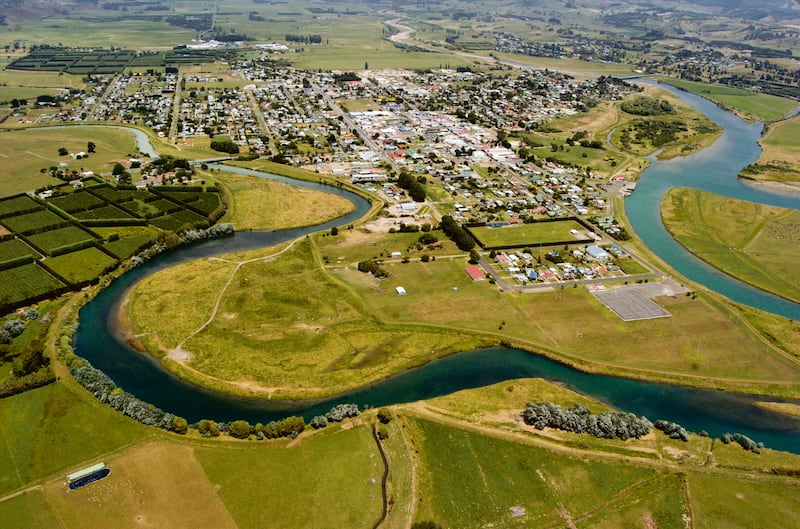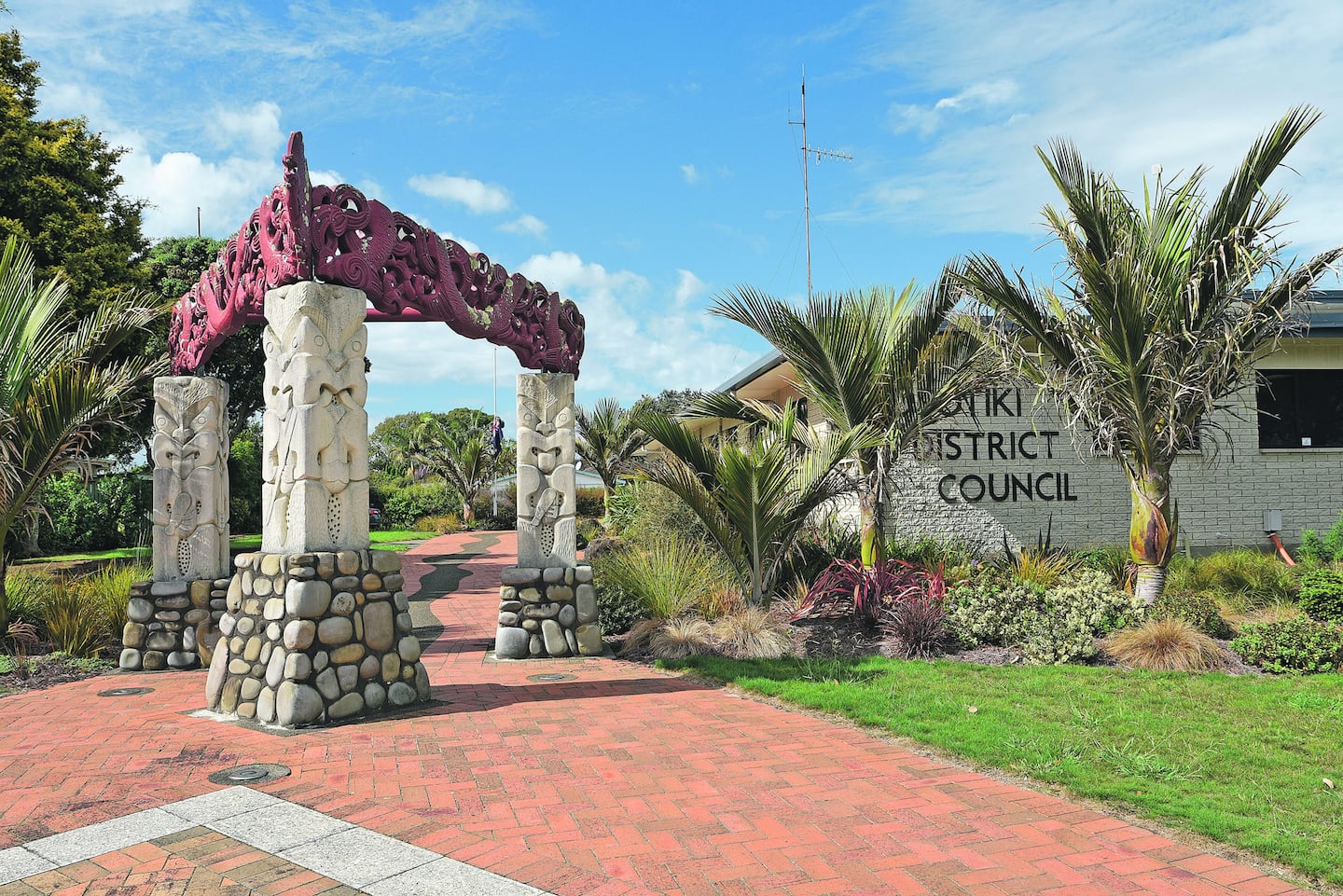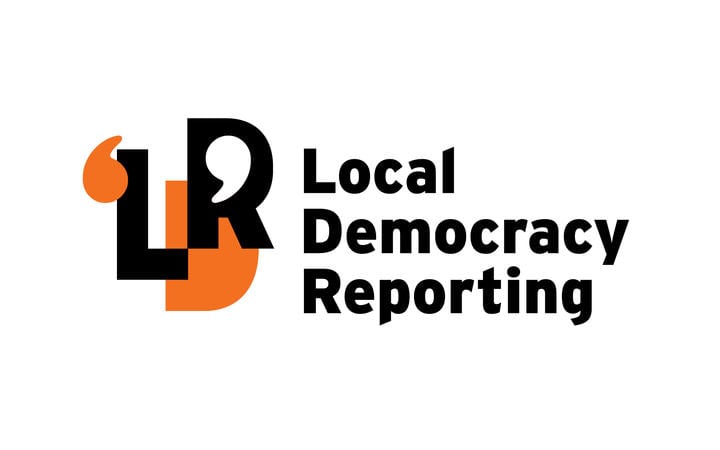Increased rubbish and recycling collections and a new foodwaste kerbside service have been recommended for Ōpōtiki.
Medical Officer of Health Jim Miller made the recommendations as the region develops a new plan for reducing waste.
Ōpōtiki District Council recently voted to develop a new waste management and minimisation plan to be phased in over the next six years.
The current plan, which is a legal requirement, expired at the end of June, though an extension was granted until November 30 to proceed with a new plan.
A waste assessment carried out by consultants Tonkin & Taylor in February identified “gaps and new challenges” in aligning with national waste minimisation initiatives.
It found a kerbside foodwaste collection would ease pressure for households struggling to deal with waste.
The district has a kerbside collection only in the Ōpōtiki township urban area, with a 45-litre wheelie bin collected once a week. Recycling is also collected in this area with each household having four plastic crates to separate paper, plastic, glass and tins with collections of two different crates on alternate weeks.
It also commented that better data collection was required, which would be partly addressed by the new weigh station at the Ōpōtiki Resource Recovery Centre.
The assessment pointed out that charges for recycling at the district’s resource recovery centres might discourage recycling.

There was potential for the mussel farm to significantly expand the district’s current waste generation, the assessment said.
Farm waste could potentially become an issue in future as export markets become increasingly interested in on-farm management practices including disposal of materials.
Tonkin & Taylor said little was known of farm waste disposal practices in the district but it was thought likely they used the “three Bs” method of disposal - “burning, burial or bulk storage on private property”.
Seasonal fluctuations in waste, such as that produced by freedom campers or seasonal workers, also needed consideration.
Flooding of waste recovery centres due to major weather events, as occured last year in both Ōpōtiki and Waihau Bay, also put strain on an already stretched infrastructure.
In a letter, Medical Officer of Health Jim Miller commented on the assessment. He recommended increasing the capacity of kerbside collections of both waste and recycling for urban, semi-rural and business properties, introducing an organic foodwaste collection service, and expanding the processing in resource recovery centres.
The affordability of these options would be one of the topics to be discussed in the development of the new plan.
The cost of developing the plan was estimated as being between $16,000 and $20,000, and potential expenses for consultation could be distributed across existing budgets and phased across six years.
The council plans to engage with the public and seek feedback on the new plan.
LDR is local body journalism co-funded by RNZ and NZ On Air.




